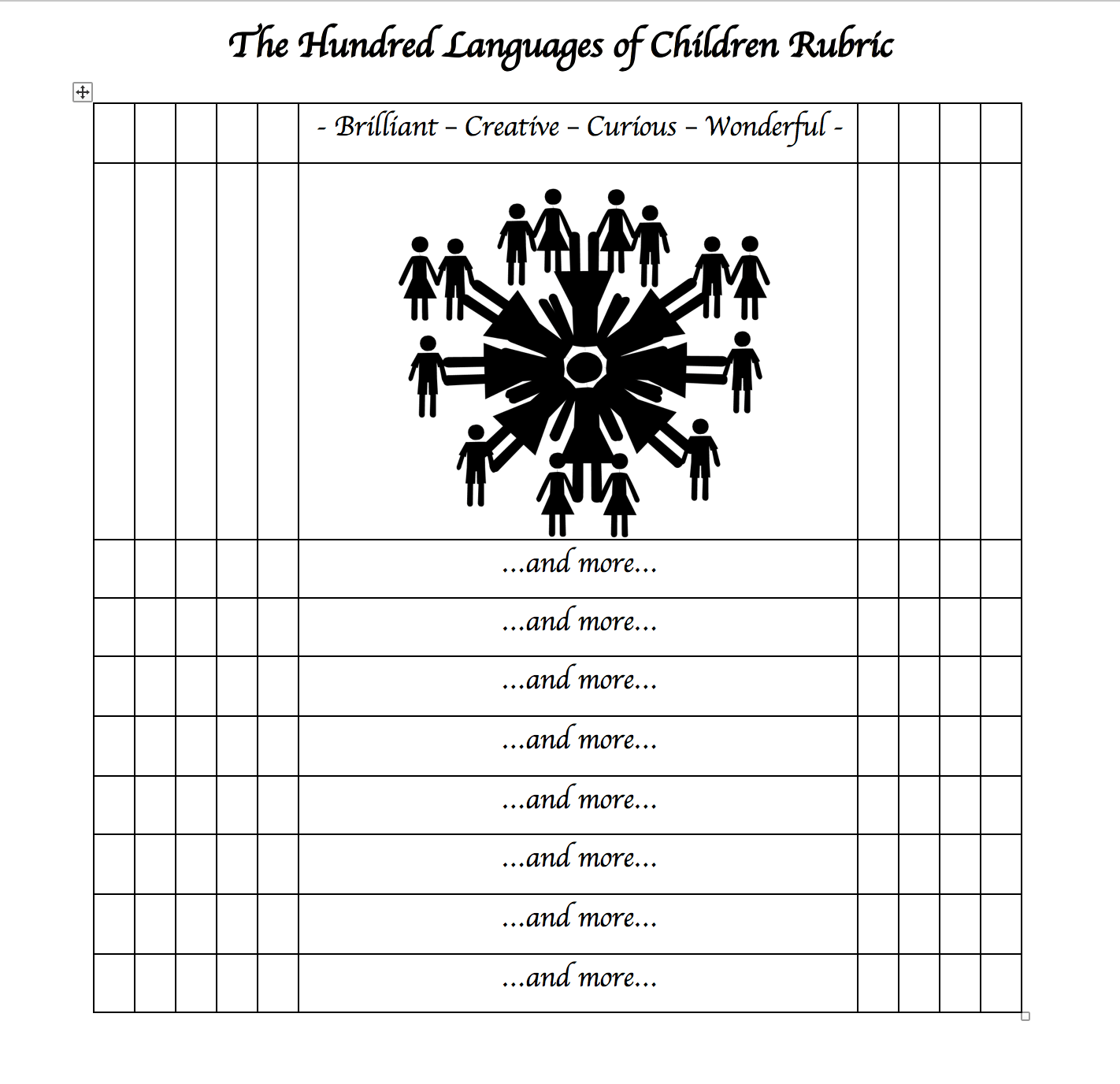
Teaching for Invention - Teaching Practices
Project based learning? Rubrics? NGSS? Prompts!
I have been on the fringes of project-based learning. Most of the projects I have been involved in have been short, and maybe more directed by the teachers than what I read about in these two chapters. Some of them have included rubrics and grades. At this time in my career, I know I am ready to take a more open, constructionist approach. Taking this class will be the catalyst.
Giving grades has not been required for either my library or technology sessions. This has been a blessing. When I taught in the classroom, grading caused many nights of anxiety for me. Often, I do collaborate with teachers who use rubrics. I was always impressed with how they were able to outline exactly what the students should be able to do at the end of the project. However, after reading Chapter 5, my mind has changed a bit. Rubrics seem comfortable and tidy, but maybe they prevent students from truly excelling. I like the ideas that Michelle Holder wrote about in her post about the one-point rubric. “…I love this approach because it allows the student to define his or her own success. In addition, it allows for students to modify this over the year as challenges or changes arise…”
At my schools, I am fortunate to be able to collaborate with teachers who are very knowledgeable about the NGSS for their grade level. Sometimes we are able to join forces and come up with a tech or engineering project. The best engineering project we did at the end of the school year was renewing the library space. Students first took notes to find out what I wanted to change, then they made sketches of the floorplan. They used yardsticks and tape measurers to make sure the pieces would fit in their new places. Finally, they moved the books, the bookcases, the old car catalogs and some computer tables. Wow! They were very engaged. They were a team. I was amazed. There is now an open space that we can use for making and projects. The original floorplan ideas were displayed on a hallway bulletin board.
My biggest take away was from chapter four - creating the prompt. It is an area that I know I need to work on. Stager’s list of the four variables (p. 61) will be posted at my desk. I plan to try out Maryann Molishus’s prompt (p. 63) next school year and see how that goes for me. Maybe I need to generate a list of prompts ahead of time.
Posted on 7-08-18 & POSTED on CML
Ch. 4, 5. ITL Questions 4-5
